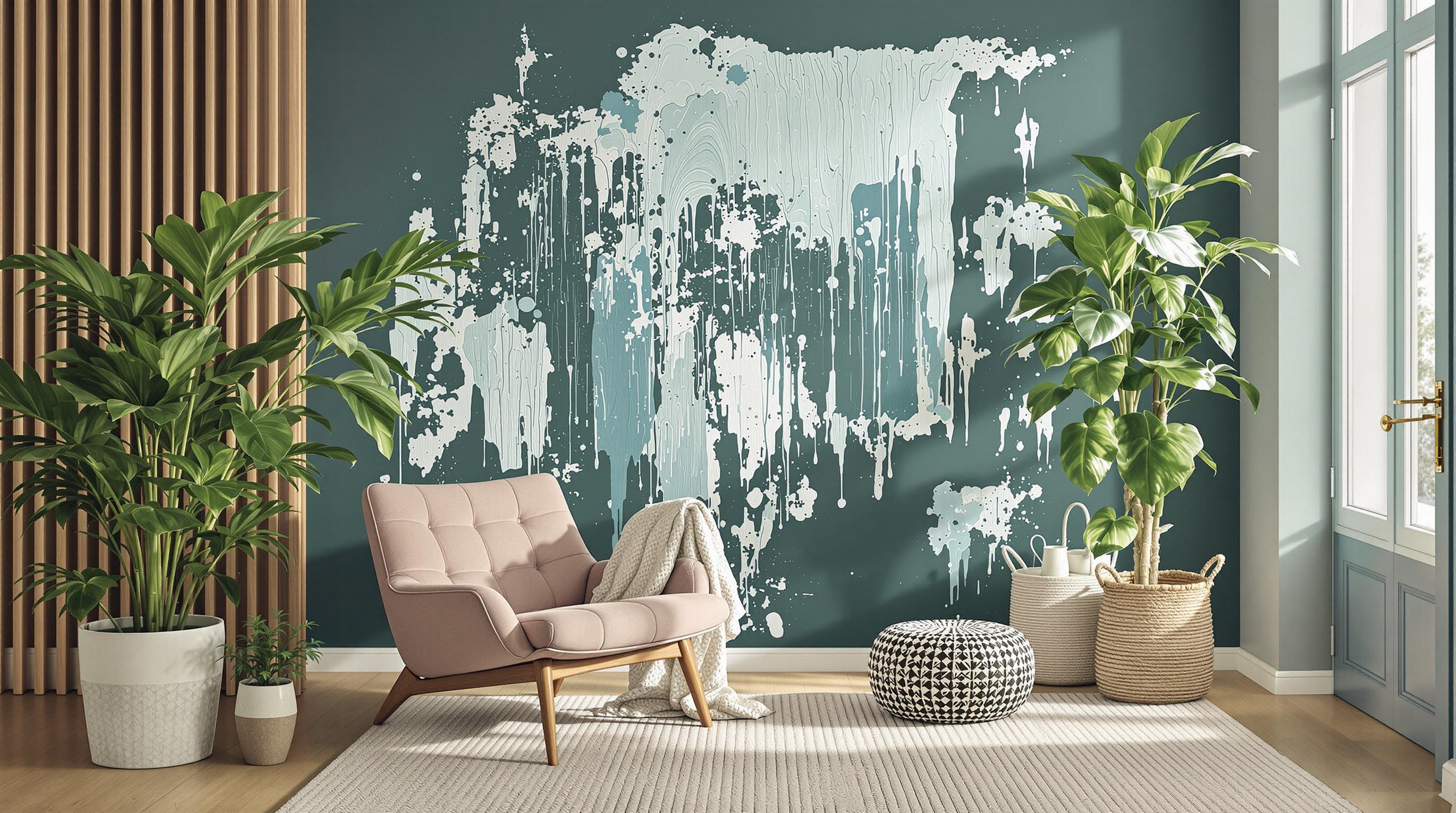Related Articles
- The Hidden Influence of Ergonomics: How Tool Design Shapes Our Physical Spaces and Daily Lives
- The Silent Influence: How Hidden Home Implements Shape Our Daily Routines and Spaces
- The Counterintuitive Role of Chaos: How Messy Tool Storage Can Lead to Unexpected Home Innovations
- Exploring the Unseen: How Audio Experiences Shape the Art of Domestic Spaces and Color Perception
- Rethinking the Mundane: How Everyday Objects are Becoming the Canvas for Modern Artistic Expression in Home Spaces
- Cultivating Chaos: The Surprising Benefits of Embracing Weeds in Your Garden Ecosystem
The Evolution of Paint: How Bio-Based Products Are Redefining Sustainable Design Choices in Home Interiors
The Evolution of Paint: How Bio-Based Products Are Redefining Sustainable Design Choices in Home Interiors
The evolution of paint is a tale of innovation and consciousness, marked by the shift from traditional petroleum-based products to contemporary bio-based solutions. As we delve into this transformative journey, we uncover how these sustainable options are reshaping our homes and the environment.
The Predecessors: The Dawn of Paint
In ancient times, paint was made from mineral pigments and organic dyes, with origins traced back to cave paintings that declared humanity’s creativity. These early formulations have evolved considerably over millennia, with artists of the Renaissance era using combinations of oil, egg yolk, and various pigments to create masterpieces. Fast forward to the mid-20th century, when synthetic paints emerged, driven by an industrial revolution that prioritized efficiency and durability—though often at the cost of ecological awareness.
Synthetic Challenges
Conventional paints often contain volatile organic compounds (VOCs), which can evaporate into the atmosphere and pose risks to both human health and the environment. According to the Environmental Protection Agency (EPA), indoor air pollution can be more severe than outdoor pollution, primarily due to products such as traditional paints that release harmful VOCs. This reality sparked the quest for greener alternatives.
The Rise of Bio-Based Paints
Bio-based paints emerged as the heroes of modern-day sustainable design, crafted from renewable resources such as plant materials, agricultural byproducts, and even waste products from other industries. Brands like BioShield and ECOS have pioneered these products, providing aesthetically pleasing alternatives without compromising environmental integrity. Imagine slathering on a coat of paint derived from soybeans instead of petroleum—how's that for a sustainable twist?
Case Study: BioShield Paints
BioShield Paints has transformed the industry with its line of environmentally friendly, non-toxic paints. Their products utilize natural ingredients and are free from VOCs, making them a preferred choice for eco-conscious homeowners. Their success story illustrates not just an evolution in product but a change in market demand, with sales of sustainable paints growing exponentially. According to a report by Grand View Research, the global eco-friendly paint market is projected to reach $14.2 billion by 2027, showcasing a significant trend in consumer preference.
Sustainable Design Choices
The adoption of bio-based products is redefining interior design choices. Imagine walking into a home inundated with colors that not only reflect your personal aesthetic but are also safe and conducive to good health. Designers increasingly advocate for these materials, viewing them as essential components of a holistic design approach that prioritizes well-being.
The Human Element: Health Matters
Bio-based paints are not just eco-friendly; they also promote healthier living environments. Many people are unaware that exposure to harmful chemicals can lead to respiratory issues, skin irritations, and even long-term health complications. With the increasing awareness of these risks, it's no surprise that bio-based products are gaining traction among families, particularly those with young children.
Choosing the Right Bio-Based Paint
Navigating the world of eco-friendly paints can be overwhelming, given the variety of options available. When selecting a product, consumers should look for certifications such as Green Seal, which indicates a commitment to sustainability and safety. Consulting with professionals who specialize in sustainable design can also provide insight into the best materials for your space.
A Palette of Possibilities
Bio-based paints offer various colors, textures, and finishes, proving that sustainability does not mean sacrificing style. For instance, natural pigments derived from clays, minerals, and plants contribute to an expansive range of hues reminiscent of nature's finest palettes. Embracing this approach allows individuals to create vibrant, unique spaces that echo their personality while caring for the planet.
The Playful Touch
Let’s not forget the joy of creativity! Using bio-based paints can turn a mundane task into an exciting DIY project. They are easy to work with, and many people have reported less strain and discomfort while painting indoors, owing to the lower toxicity levels. Plus, if you get a little paint on your clothes—remember, it's from a plant, not a monster lurking in a factory!
Market Trends and Future Prospects
The growth of bio-based paints aligns with a broader trend toward sustainability in the home improvement market. More consumers are looking to reduce their carbon footprint, not just through recycled plastics and reusable materials, but also in their choice of paint. This shift implies a greater demand for regulators and manufacturers to prioritize sustainable practices.
Consumer Education: The Key to Change
As the market for eco-friendly products continues to grow, so does the need for educating consumers about the benefits of bio-based paints. Community workshops, online tutorials, and involvement in DIY projects can empower homeowners to make informed decisions. The more knowledge is shared, the more we can collectively push the boundaries of sustainable living.
Humor in the Strokes of Change
Let’s paint a picture here—not the kind that hangs on a wall but rather the vision of a future where the air is fresher, homes are healthier, and painting even becomes a delightful experience! Who knew we could tackle climate change while channeling our inner Picasso? If only all problems could be solved with a well-placed brushstroke!
A Call to Action
It’s time to rethink our design choices and embrace bio-based paints as a pivotal aspect of sustainable living. Whether you’re a homeowner, renter, or a budding interior designer, the power to make a difference is in your hands—and brushes. Remember, every layer of paint brings us closer to a healthier planet!
Conclusion: A Renaissance of Color
The evolution of paints reflects our journey toward sustainability. With bio-based products leading the charge, home interiors can now embody a balance of beauty, health, and ecological awareness. As we move forward, may this renaissance of color transforms not just our homes but also our relationship with the Earth.





